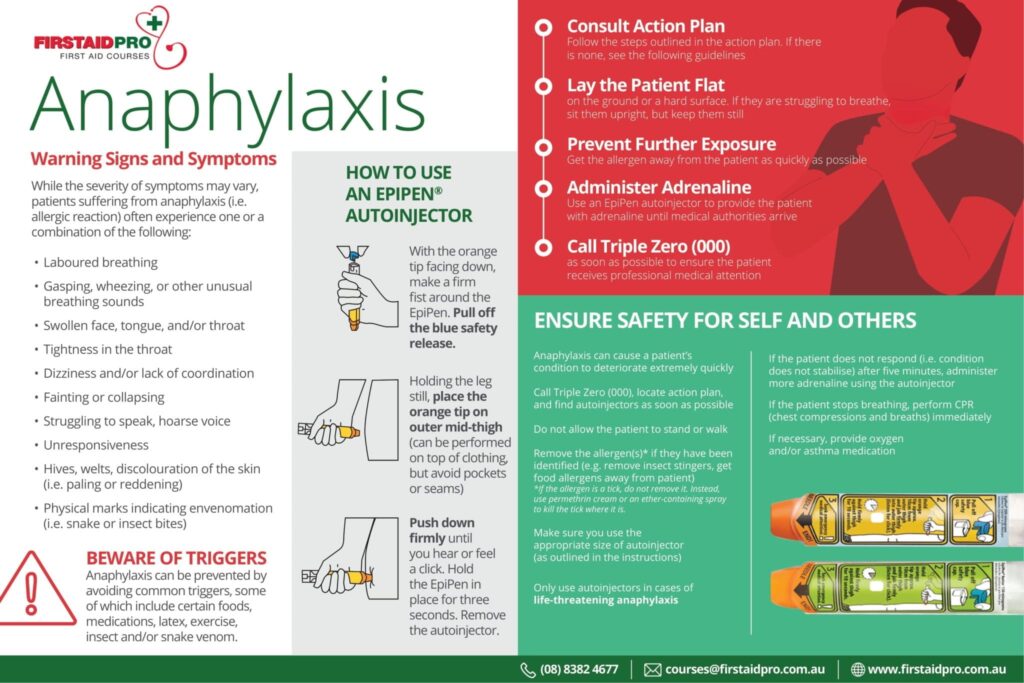Introduction
In a world where pet dogs are more than just pets; they are household, comprehending their wellness is essential. Recognizing Pet dog Distress: First Aid Tips for Our Furry Friends serves not just as a guide to assist animal proprietors recognize indicators of pain and distress in their hairy friends however also uses functional first aid pointers that can make a world of distinction throughout emergency situations. Just as we have learned about the starting of St John Ambulance and its duty in community health and wellness, it's important to use comparable principles when handling our family pets' wellness situations.
As accountable pet dog owners, it's vital to equip ourselves with understanding about typical family products that can be used in a pinch, just how to deal with small injuries on ourselves while continuing to be calmness, and numerous emergency treatment methods tailored especially for our beloved pet dogs. Whether it's during the bushfire season or while dealing with cooking area knife cuts, understanding how to respond can protect against further injury and make certain speedy recovery.
This detailed post checks out various elements of acknowledging family pet distress, providing you with crucial first aid tips and insights right into caring for your furry friends.
Recognizing Family pet Distress: Emergency Treatment Tips for Our Fuzzy Friends
Understanding Pet Behavior
Pets interact mostly through habits. A wagging tail may suggest joy, while unexpected adjustments in behavior can indicate distress. Common indicators include:
- Vocalizations: Grumbling, barking, or grumbling might suggest discomfort. Body Language: Tail placement, ear alignment, and stance can mirror emotional states. Physical Symptoms: Extreme licking or scratching might recommend allergic reactions or injuries.
Recognizing these behaviors is the very first step toward ensuring your family pet's well-being.
The Relevance of Early Intervention
Just like humans, very early intervention plays an important role in your animal's health and wellness. Performing swiftly when you observe signs of distress can prevent minor concerns from rising into severe conditions. Recognizing just how to evaluate your pet dog's condition accurately will enable you to give prompt care.
Common Indicators of Distress
- Excessive panting Loss of appetite Changes in restroom habits Isolation from household members
Essential Household Products for Animal First Aid
Creating a mobile package filled with necessary home things is an outstanding strategy for any kind of family pet owner. Here are some essential items:
Gauze and Bandages: For applying stress to wounds. Antiseptic Wipes: To clean small cuts or scrapes. Tweezers: For eliminating splinters or ticks. Thermometer: A digital thermometer specifically meant for pet dogs assists keep an eye on their temperature. Pet-Safe Painkiller: Constantly seek advice from a veterinarian before carrying out any type of medication.These products will can be found in useful during emergency situations and everyday mishaps alike.
How to Handle Nosebleeds in Pets
If your hairy pal suffers from a nosebleed, don't worry! Here's what you should do:

Treating Minor Injuries on Yourself While Caring for Pets
Accidents take place-- in some cases even when you're having a tendency to your pet dogs! Here are some brief fall avoidance pointers that may aid:
- Keep paths clear of obstacles. Use non-slip floor coverings in areas where pet dogs regularly roam.
Should you receive an injury while caring for your animal (like kitchen area blade cuts), keep in mind to have a tendency to yourself promptly without panicking-- bandage the injury properly prior to proceeding with your pet dog treatment duties.
Recognizing Symptoms During Bushfire Season
Bushfires position one-of-a-kind difficulties not simply for humans yet likewise for pets. Smoke inhalation can cause serious respiratory system problems amongst pets:
Warning Indications Include:
- Coughing or wheezing Lethargy Irritated eyes
If you notice these symptoms during bushfire season, take prompt action by relocating them indoors and speaking with a vet if necessary.

Fire Extinguisher Operation: Maintaining You and Your Animals Safe
Understanding just how to run a fire extinguisher might save lives-- both human and animal alike:
Pull the Pin Aim Low Squeeze the Handle Sweep Side to SideKeep fire extinguishers easily accessible throughout your home so you're prepared in case of emergencies including both people and pets.
First Aid Awareness Projects: Enlightening Ourselves
First aid awareness projects play an important role in informing communities about precaution at home-- specifically regarding our fuzzy good friends' wellness needs.
Key Factors Include:
- Understanding basic emergency treatment techniques. Knowing when to seek professional veterinary care.
By joining these campaigns, we not only cpr and first aid near me encourage ourselves however likewise contribute favorably in the direction of neighborhood health efforts targeted at enhancing overall security criteria within our neighborhoods.
FAQs Concerning Animal Distress and First Aid
FAQ 1: What should I do if my family pet is injured?
Answer: Assess the injury initially; if it's minor like a cut, cpr refresher clean it carefully with antibacterial wipes prior to using bandages. For severe cpr & first aid for healthcare injuries like fractures or hefty blood loss, look for veterinary help immediately.
FAQ 2: Just how can I inform if my feline is distressed?
Answer: Pet cats reveal distress with modifications in behavior such as concealing away, excessive grooming, anorexia nervosa, or vocalizations like yowling or growling.
FAQ 3: Is it secure to make use of human drugs on pets?
Answer: No! Many human medicines are toxic to pets; constantly talk to a veterinarian prior to providing any kind of medication intended for humans.
FAQ 4: What are common signs my canine might be overheating?
Answer: Indications include extreme panting, salivating exceedingly, sleepiness, vomiting or diarrhea; relocate them inside your home instantly if you presume overheating!
FAQ 5: Just how often must I examine my pet's emergency treatment kit?
Answer: It's advisable to examine your animal's emergency treatment kit every six months-- make sure all products are undamaged and within expiration dates!
FAQ 6: Can worry affect my pet's physical health?
Answer: Absolutely! Similar to people experience stress-related ailments; pets too can suffer from stress and anxiety leading possibly major wellness issues such as intestinal problems or autoimmune conditions over time.
Conclusion
In summary, understanding exactly how to recognize signs of distress is vital for every single liable animal owner looking after their fuzzy friends' well-being effectively-- as laid out throughout this post entitled "Acknowledging Family pet Distress: First Aid Tips for Our Furry Buddies." From recognizing what items belong in an emergency kit completely down with basic treatment strategies customized especially in the direction of animals little sufficient that they may match our arms yet huge sufficient they capture our hearts-- it's clear there's much ground covered here!
It does not stop below though; recurring education relating to animal health and wellness practices stays key! By participating actively within neighborhood health and wellness initiatives alongside fellow lovers-of-paws around us we'll not only foster much better understanding in between varieties however develop more secure settings where every person flourished grow together!
By acknowledging possible dangers beforehand combined with audio knowledge about providing effective therapies whenever required-- we ensure better much healthier lives shared in between people & & their precious friends alike!
